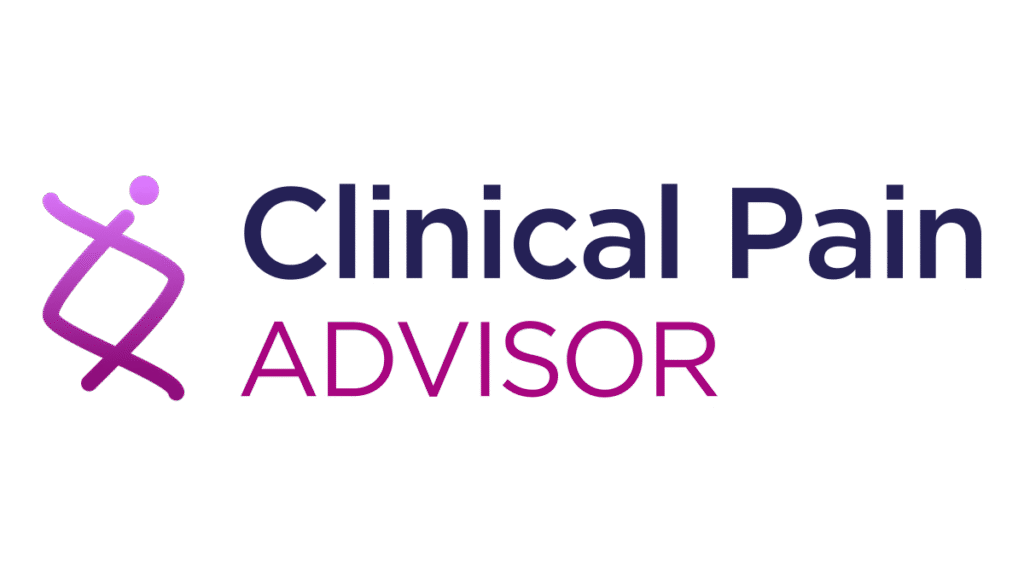In adults aged 45 through 85 years with degenerative meniscal tear and radiographic osteoarthritis, adding text reminders, sham in-clinic visits, or standard in-clinic physical therapy to a structured home-exercise program did not yield meaningful additional pain relief at 3 months, according to results of a study published in The New England Journal of Medicine.
Researchers conducted a multicenter, 4-arm, randomized controlled trial at Brigham and Women’s Hospital, the University at Buffalo, the Cleveland Clinic, and the University of Pittsburgh. The primary outcome was the 3-month change in knee injury and osteoarthritis outcome score (KOOS) pain. Secondary outcomes included KOOS ADL, strength/performance tests, treatment failure (≤8-point KOOS pain improvement or injection/surgery by 3 months), and 12-month durability. The trial groups included home exercise, home exercise plus texts, home exercise plus texts plus sham physical therapy (PT), and home exercise plus texts plus standard PT. All groups targeted 100 min/week of exercise. PT arms had up to 14 sessions over 12 weeks.
Between February 2017 and September 2022, 26,150 individuals were prescreened, 1089 were enrolled, and 879 were randomly assigned across the 4 trial sites. The mean age was 59.2±7.8 years, and 66.6% of participants had a Kellgren–Lawrence (KL) grade of 0-2. The mean KOOS pain score was 46.1±15.5. Enrollment distribution was 51.2% Buffalo, 30.6% Boston, 9.9% Pittsburgh, and 8.3% Cleveland, with balanced demographics across treatment groups.
At 3 months, no significant differences were observed in KOOS pain improvement among the main comparisons. The difference in KOOS pain change between home exercise and home plus texts plus standard PT was 2.5 points (98.3% CI, -1.3 to 6.2), and between home plus texts vs home plus texts plus standard PT, also 2.5 points (98.3% CI, -1.4 to 6.5). Dropout rates were 13.3% at 3 months, 16.2% at 6 months, and 16.8% at 12 months, consistent across groups.
We found that the combination of home exercises and physical-therapy sessions did not result in greater pain reduction over a period of 3 months than home exercises alone.
Treatment failure at 3 months occurred in 36.2% (home), 31.6% (home plus texts), 29.5% (home plus texts plus sham PT), and 34.8% (home plus texts plus standard PT). Among those without early failure, durability to 12 months was high: 77.3%, 80.7%, 78.4%, and 88.7%, respectively. Adherence was strong (~77–82% of weeks exercised ≥3 times). Serious adverse events were infrequent, with 1 death, 3.8% hospitalizations, and 9.1% arthroscopic meniscectomies over 12 months. The rates were similar across treatment groups.
Study limitations included a lack of generalizability of the findings, participants’ awareness of the intervention they received, and the primary outcome being reported by participants.
The study authors concluded, “We found that the combination of home exercises
and physical-therapy sessions did not result in greater pain reduction over a period of 3 months than home exercises alone.”
Disclosure: Some study authors declared affiliations with biotech, pharmaceutical, and/or device companies. Please see the original reference for a full list of authors’ disclosures.

